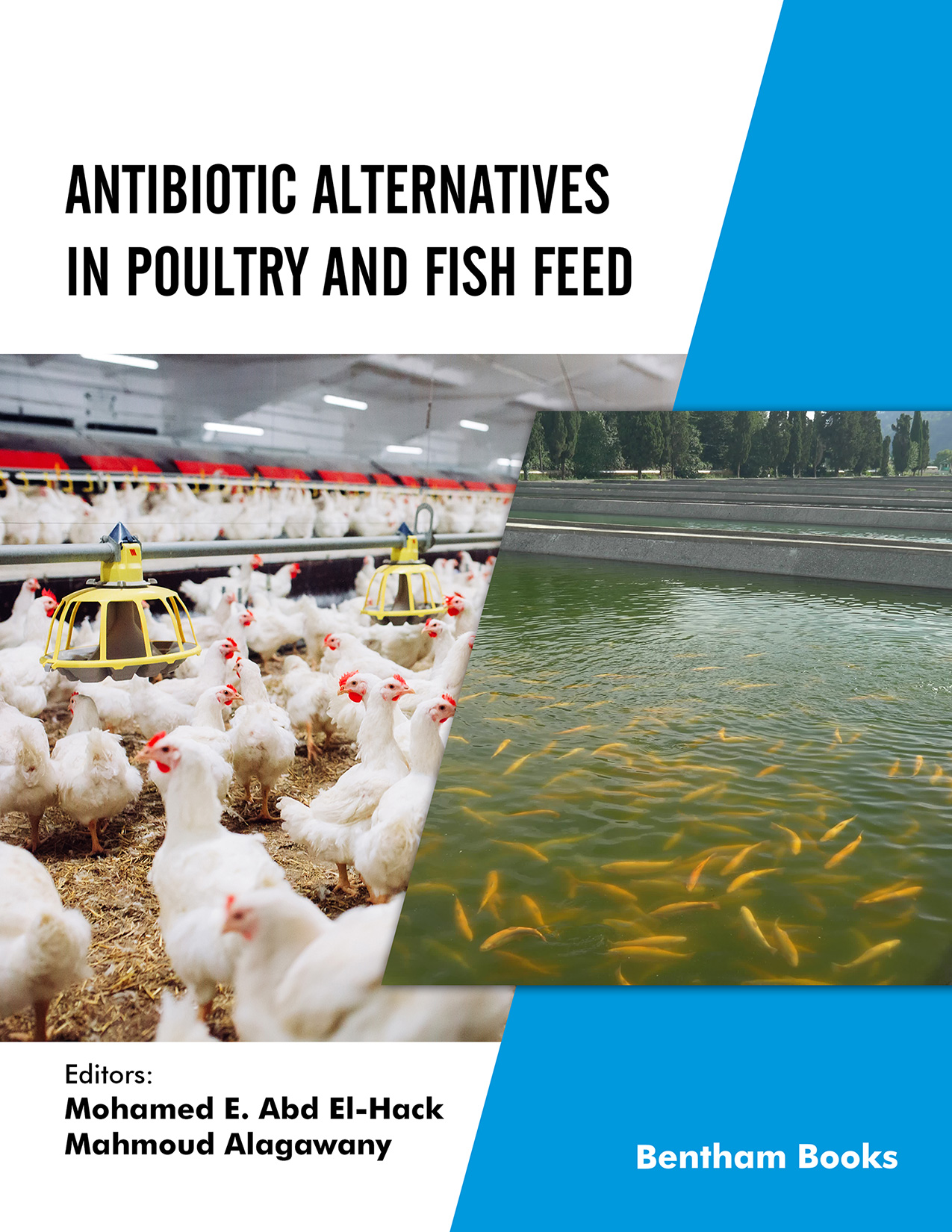Introduction
This handbook focuses on the use of antibiotic alternatives in poultry and fish feed. Chapters in the book cover a range of natural ingredients in feed and the impacts of these natural feed additives on growth, production, reproduction and health status of poultry and fish. All chapters give a holistic approach to how organic feed additives (herbal plants and their extracts, probiotics, peptides, etc.) can positively impact animal health and production.
Key Features:
- - presents 13 chapters contributed by 38 experts and scientists of animal, poultry and fish nutrition, poultry and fish physiology, toxicology, pharmacology, and pathology
- - highlights the significance of herbal plants and their extracts and derivatives, cold-pressed and essential oils and fruits by-products
- - covers the effects of special ingredients such as immunomodulators, antimicrobial peptides, and probiotics
- - provides the reader an updated perspective on the use of additives in poultry and fish industry as growth promoters and their role in developing bacterial resistance to antibiotics
- - covers the main poultry species, egg-laying hens, quails, geese, ducks, turkey, and commercial fish
- - includes references for advanced readers
This book will be useful for poultry and fish keepers and researchers in animal nutrition, pharmacology, and veterinary sciences. Professionals involved in the poultry and fish feed industry will also find the information useful for product development.
Audience
Professionals involved in the poultry and aquaculture industry, veterinarians, zoologists

